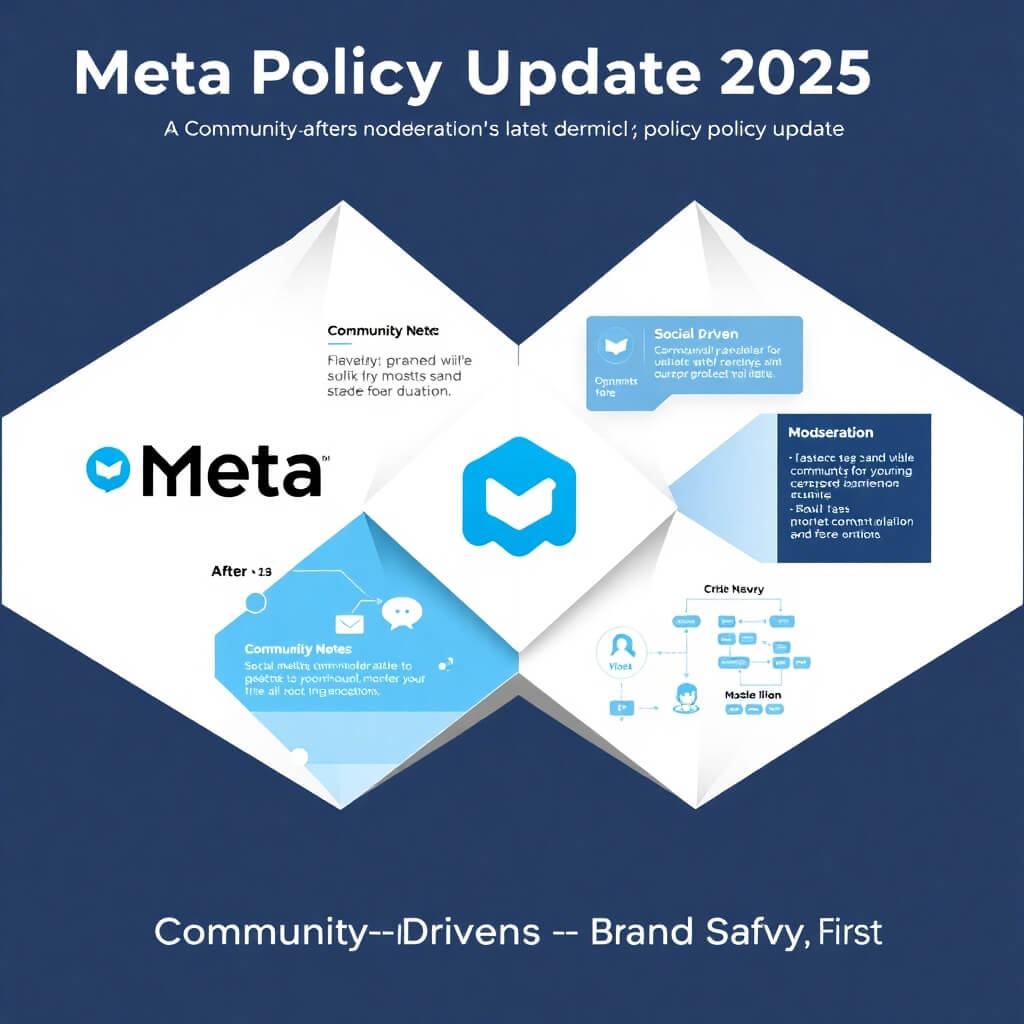Landing Page: An online destination that been designed and developed specifically to compliment the messaging, engagement and conversion objectives of a specific online marketing initiative.

But why is it that when it comes to what is most likely the most critical point in online engagement path, the click, that it so often goes astray? Why? Because, specific landing pages are not built to continue the engagement sequence. In many cases marketers just choose to land users on a relevant site page, or even worse, the home page. The mindset being applied in many of these cases is that as long as you can get the user to click and get to your site, you’re safe and that if the user has made it this far you’re good for the conversion.
Unfortunately taking this mindset is extremely short sighted, as the post-click environment is where the engagement is just beginning and where the battle for conversion is truly fought. But why is this happening? With so much available information about landing page best practices and the importance of them, it’s hard to say that any marketer in today’s world is not aware of their value. But if this is the case, why are they so often ignored?
While the potential answers are numerous (IT resistance, internal process, etc.), one theory I’d like to put forth is that marketers are not fully understanding or selling the strategic value of landing pages. While the tactical value of landing pages are numerous, in order to understand their strategic value I believe they need to be showcased within the context of the media they are connected to, the users landing on them and the organization that is deploying them. By better defining these three areas, organizations will able to see their strategic importance both within the context to the online marketing supply chain, as well as outside of it, and as a result implementation will be readily increased.
1) The “Mindset” of the “Medium”
One of the biggest mistakes marketers make is assuming that the mindset of the user who clicks-through to your site via a paid search ad or online banner is the same as someone who has actively sought out your brand and gone directly to your home page and then ended up on at the same page. This second kind of user is most likely familiar with your brand and since they have actively sought you out, they are going to have much more patience in terms of finding what they are looking for.
Now, take a user who clicks through to your site via categorical paid search term. There is no reason to assume that they are familiar with your brand, in fact they may have never heard of you, but were intrigued by your message, product benefit or offer. Therefore, they are not actively seeking YOUR brand or products, but rather they are looking for a solution, and as a result they are likely considering several other options at the same time. Their loyalty is not to your product or solution, but to the organization that can best connect with and understand their need. As a result this user is looking for very quick and digestible information that they can quickly consume and which tells them that they have arrived in the right place.
Now is the mindset of this user different than the individual who has actively sought out your domain and has brand familiarity? You bet! Therefore, should you look to treat them as the same person? No way! These are two very different types of users and in order to connect with them effectively you need to create a landing page environment that caters to the mindset of the medium from which they have come from. By recognizing and understand the mindset, it will enable you create a much more effective engagement path, as your landing page will speak to and address the user’s media-driven psychology as well as their informational needs.
2) The “Mindset” of the “Target”
While online mediums certainly breed various types of user mindsets, landing pages also enable you to effectively address the needs of your target. Simply stated, this is about enabling the target to fulfill their desired objectives quickly and efficiently. In short, when a user clicks-through to your site via a specific marketing message they enter with a set of defined expectations. However, if you land them in an environment that has not been built to compliment, extend and build upon that message, you will likely lose them. Why? Because you’re now forcing them to work for the conversion versus landing them in an environment that addresses exactly what they are looking for.
While a general site page might have the information the user is looking for, the messaging may not be consistent or call to action, readily apparent. As a result you lose the user, as the expectation associated with the click, is not being met in the environment in which they have landed. However, a landing page that has been built to specifically compliment and build upon the asset that encouraged the click, will make it much easier for that user to find what they are looking for and therefore, more likely to convert.
3) The “Mindset” of the “Organization”
All marketing campaigns and tactics are linked to objectives, be they sales, leads or other. Therefore as an organization when you launch certain marketing vehicles, you approach them with a mindset that is focused on accomplishing specific communications, business and engagement objectives. While we like to think that everything within our organizations is 100% aligned that is not always the case, as the way things are have been previously structured are not always done so in manner that compliments what you are doing at a particular moment in time. Therefore, while a pre-existing site page may contain information that compliments the content of your current online campaign, that does not mean that it has been structured to accomplish the conversion and engagement objectives for that moment.
Therefore, a landing page affords you with the flexibility to create both messaging and a conversion environment that meets the specific organizational mindset associated with tactics or campaign being deployed at a particular moment in time. It’s about creating an environment that connects immediately with your tactical objectives such that you are able maximize the conversion and engagement potential of your overall marketing investment. In short, landing pages enable you to create an online destination the meets the immediate marketing needs associated with the campaign you have created in the first place.
Deploying a Mindset Model
While no one doubts the tactical value of landing pages, its also important to take a step back and realize their strategic value as well. While its critical to understand the online conversion path from impression through conversion, when it comes to landing pages its important to understand their value above and beyond just tactical justification.
Ultimately by applying a “mindset” model and viewing the value landing pages through the context of the medium, user and organization you’ll realize that the much of their value comes in the ability to effectively create an online destination the connects with the both the needs of the user and the organization. In doing so, organizations will realize that landing pages are both a necessary strategic and tactical investment in terms of both time and money. In the end, you can spend a ton of money driving clicks, but if you land the user in an environment that does not cater what has brought them there, you will realize much less value from your investment. However, a good landing page that addresses the mindsets of the medium, user and the organization will yield much higher engagement and conversion, which in the end will translate into a much higher marketing driven ROI for the digital efforts you deploy.





